Home>Gardening & Outdoor>Outdoor Entertaining>How Do You Vent A Propane Fire Pit
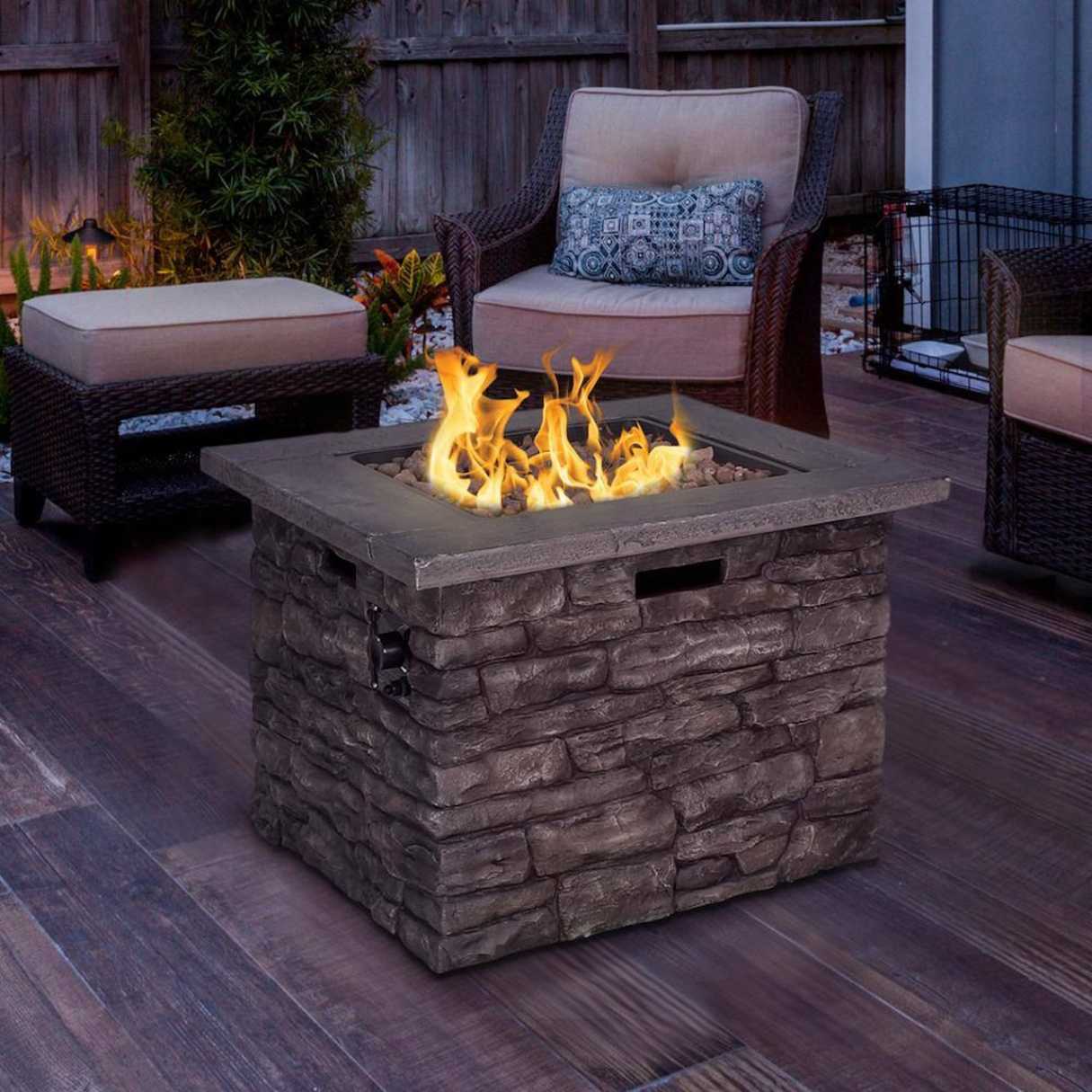

Outdoor Entertaining
How Do You Vent A Propane Fire Pit
Modified: August 22, 2024
Learn how to properly vent a propane fire pit for safe outdoor entertaining. Find tips and guidelines for ventilation and enjoy your fire pit with peace of mind.
(Many of the links in this article redirect to a specific reviewed product. Your purchase of these products through affiliate links helps to generate commission for Storables.com, at no extra cost. Learn more)
**
Introduction
**
When it comes to creating a warm and inviting atmosphere for outdoor gatherings, a propane fire pit is a popular choice for many homeowners. The dancing flames and radiant heat provide a cozy ambiance, perfect for chilly evenings spent with family and friends. However, ensuring proper ventilation for a propane fire pit is essential for both safety and optimal performance.
In this comprehensive guide, we will delve into the various aspects of venting a propane fire pit, including safety precautions, location and positioning considerations, as well as indoor and outdoor ventilation options. Whether you are considering installing a propane fire pit in your backyard or seeking to optimize the ventilation of an existing setup, this article will provide valuable insights to help you make informed decisions.
Join us as we explore the nuances of venting a propane fire pit and discover the best practices for enjoying this delightful outdoor feature while prioritizing safety and functionality.
**
Key Takeaways:
- Prioritize safety by inspecting, installing, and maintaining your propane fire pit to prevent hazards. Choose a suitable outdoor location and consider ventilation options for a cozy and secure outdoor gathering.
- Venting a propane fire pit indoors requires professional assessment, dedicated ventilation systems, and air quality monitoring to ensure safety and compliance with standards. Outdoors, leverage natural ventilation and consider wind patterns for a comfortable and well-ventilated ambiance.
Read more: How Do You Hide A Propane Hose On A Fire Pit
Safety Precautions
**
Before delving into the specifics of venting a propane fire pit, it is crucial to underscore the significance of adhering to safety precautions. Propane is a highly flammable gas, and when used in fire pits, it requires careful handling and maintenance to mitigate potential hazards. Here are some essential safety measures to consider:
- Regular Inspections: Before each use, inspect the propane tank, hoses, and connections for signs of wear, damage, or leaks. Any issues should be promptly addressed by a qualified professional.
- Proper Installation: Ensure that the propane fire pit is installed according to the manufacturer’s guidelines and local building codes. Improper installation can lead to gas leaks and other safety hazards.
- Ventilation Requirements: Adequate ventilation is crucial to prevent the accumulation of propane fumes, which can be hazardous. Never operate a propane fire pit in an enclosed or poorly ventilated space.
- Clear Surroundings: Keep the area around the fire pit clear of flammable materials, such as dry leaves, paper, or fabric. Maintain a safe distance from structures, overhanging branches, and other potential fire hazards.
- Fire Extinguisher: Have a suitable fire extinguisher readily accessible in the vicinity of the fire pit. Familiarize yourself with its operation and keep it in good working condition.
By prioritizing these safety precautions, you can minimize the risks associated with using a propane fire pit and create a secure environment for outdoor enjoyment. Now that we have underscored the importance of safety, let’s proceed to explore the intricacies of venting a propane fire pit.
**
Location and Positioning
**
Choosing the right location and positioning for your propane fire pit is pivotal in ensuring both safety and optimal performance. Here are key considerations to keep in mind:
- Outdoor Use: When setting up a propane fire pit outdoors, select a level and stable surface, such as concrete, brick, or stone patio. Avoid placing the fire pit on grass or other combustible surfaces to reduce the risk of accidental fires.
- Clearance: Maintain adequate clearance around the fire pit, typically a minimum of 3 feet, to prevent accidental contact with the flames or hot surfaces. This distance also helps minimize the risk of heat damage to nearby structures or landscaping.
- Wind Conditions: Take into account prevailing wind patterns when positioning the fire pit. Avoid locating it in areas where strong winds could blow the flames erratically or create discomfort for those gathered around the fire.
- Indoor Use: If considering an indoor propane fire pit, consult with a professional to assess the feasibility and safety considerations. Proper ventilation and compliance with building codes are critical for indoor installations.
By carefully selecting the location and positioning of your propane fire pit, you can enhance safety, optimize performance, and create an inviting focal point for outdoor gatherings. With these considerations in mind, let’s delve into the various ventilation options available for propane fire pits.
**
Ventilation Options
**
Proper ventilation is essential for the safe operation of a propane fire pit, as it helps to disperse any accumulated gas fumes and maintain a healthy air quality in the surrounding area. Here are some ventilation options to consider:
- Natural Ventilation: Outdoor propane fire pits primarily rely on natural ventilation, where open air and wind help disperse any propane fumes. Positioning the fire pit in an open area with good air circulation is crucial for effective natural ventilation.
- Chimney or Flue: For enclosed or semi-enclosed outdoor spaces, such as covered patios or gazebos, installing a chimney or flue can facilitate proper ventilation. These structures help channel smoke and fumes away from the gathering area, enhancing comfort and safety.
- Ceiling Fans: In covered outdoor spaces, ceiling fans can aid in air circulation and ventilation. By promoting airflow, ceiling fans help disperse any lingering fumes and maintain a pleasant environment around the fire pit.
- Ventilation Hoods: Indoor propane fire pits necessitate specialized ventilation solutions, such as ventilation hoods. These hoods capture and exhaust fumes to the outdoors, ensuring that indoor spaces remain free of gas buildup and potential health hazards.
By leveraging these ventilation options, you can optimize the safety and comfort of your propane fire pit setup, whether it is situated in an open outdoor space or within an enclosed environment. Now, let’s explore the specific considerations for venting a propane fire pit indoors and outdoors.
**
When venting a propane fire pit, make sure it is placed in a well-ventilated area to prevent the build-up of carbon monoxide. Avoid using it in enclosed spaces or near flammable materials.
Venting a Propane Fire Pit Indoors
**
Venting a propane fire pit indoors requires careful planning and adherence to stringent safety measures to mitigate the risks associated with gas buildup and poor air quality. Here are essential considerations for indoor venting:
- Professional Assessment: Before installing a propane fire pit indoors, consult with a qualified professional to evaluate the feasibility and safety implications. Proper ventilation and compliance with building codes are paramount for indoor setups.
- Ventilation Systems: Indoor propane fire pits necessitate dedicated ventilation systems, such as exhaust hoods or vents, to expel fumes and maintain a healthy indoor environment. These systems should be designed and installed by experienced professionals to ensure effectiveness and safety.
- Air Quality Monitoring: Implement measures to monitor indoor air quality, such as carbon monoxide detectors and air circulation devices. Regular maintenance and testing of these systems are essential to safeguard occupants against potential gas exposure.
Given the complexities and safety considerations involved, venting a propane fire pit indoors warrants meticulous planning and expert guidance to ensure compliance with safety standards and the preservation of indoor air quality. Now, let’s shift our focus to the specific nuances of venting a propane fire pit in an outdoor setting.
**
Read more: How To Fix A Propane Fire Pit
Venting a Propane Fire Pit Outdoors
**
When venting a propane fire pit in an outdoor setting, there are several considerations to optimize ventilation and ensure a safe and enjoyable experience for all. Here’s what you need to know:
- Natural Ventilation: Outdoor propane fire pits primarily rely on natural ventilation, leveraging open spaces and air circulation to disperse any propane fumes. Position the fire pit in an open area with adequate airflow to facilitate effective natural ventilation.
- Wind Patterns: Consider prevailing wind patterns when determining the placement of your outdoor fire pit. Avoid positioning it in areas where strong winds could disrupt the flames or cause discomfort to those gathered around the fire.
- Covered Spaces: For covered outdoor areas, such as patios or gazebos, installing a chimney or flue can aid in directing smoke and fumes away from the gathering space. This helps maintain a comfortable and well-ventilated environment.
- Ceiling Fans: In covered outdoor spaces, the use of ceiling fans can promote air circulation and aid in ventilation. This can help disperse any lingering fumes and ensure a pleasant atmosphere around the fire pit.
By leveraging these outdoor venting options, you can enhance the safety and comfort of your propane fire pit setup, whether it’s situated in an open outdoor space or within a covered environment. With these considerations in mind, you can create a welcoming and secure outdoor ambiance for gatherings and relaxation.
**
Conclusion
**
Venting a propane fire pit is a crucial aspect of ensuring both safety and optimal performance, whether it’s located indoors or outdoors. By prioritizing safety precautions, carefully selecting the location and positioning, and implementing effective ventilation solutions, you can create a secure and inviting environment for enjoying the warmth and ambiance of a propane fire pit.
When considering venting options, it’s essential to tailor your approach to the specific setting and environmental conditions. For outdoor setups, natural ventilation, wind patterns, and the use of ceiling fans or specialized structures such as chimneys play pivotal roles in maintaining a well-ventilated space around the fire pit. In contrast, indoor installations demand meticulous planning, professional assessments, and dedicated ventilation systems to safeguard indoor air quality and ensure compliance with safety standards.
Ultimately, the successful venting of a propane fire pit hinges on a holistic approach that encompasses safety, environmental considerations, and the creation of a welcoming outdoor ambiance. By embracing these principles and leveraging the insights provided in this guide, you can confidently navigate the nuances of venting a propane fire pit and create memorable experiences for yourself and your guests.
With a focus on safety, functionality, and the creation of inviting outdoor spaces, venting a propane fire pit becomes an integral part of the overall outdoor entertaining experience, enriching gatherings with warmth, charm, and the allure of dancing flames.
Frequently Asked Questions about How Do You Vent A Propane Fire Pit
Was this page helpful?
At Storables.com, we guarantee accurate and reliable information. Our content, validated by Expert Board Contributors, is crafted following stringent Editorial Policies. We're committed to providing you with well-researched, expert-backed insights for all your informational needs.
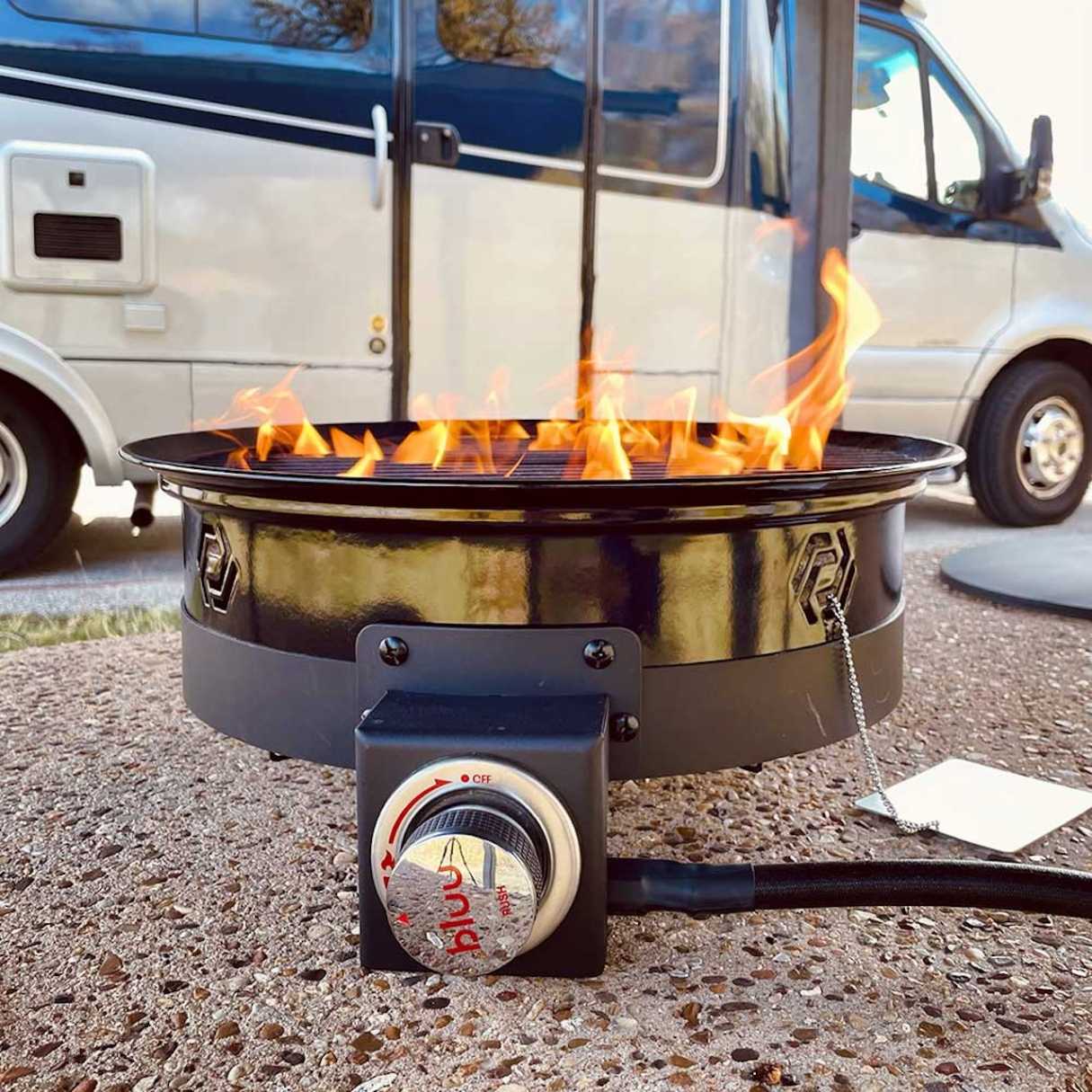
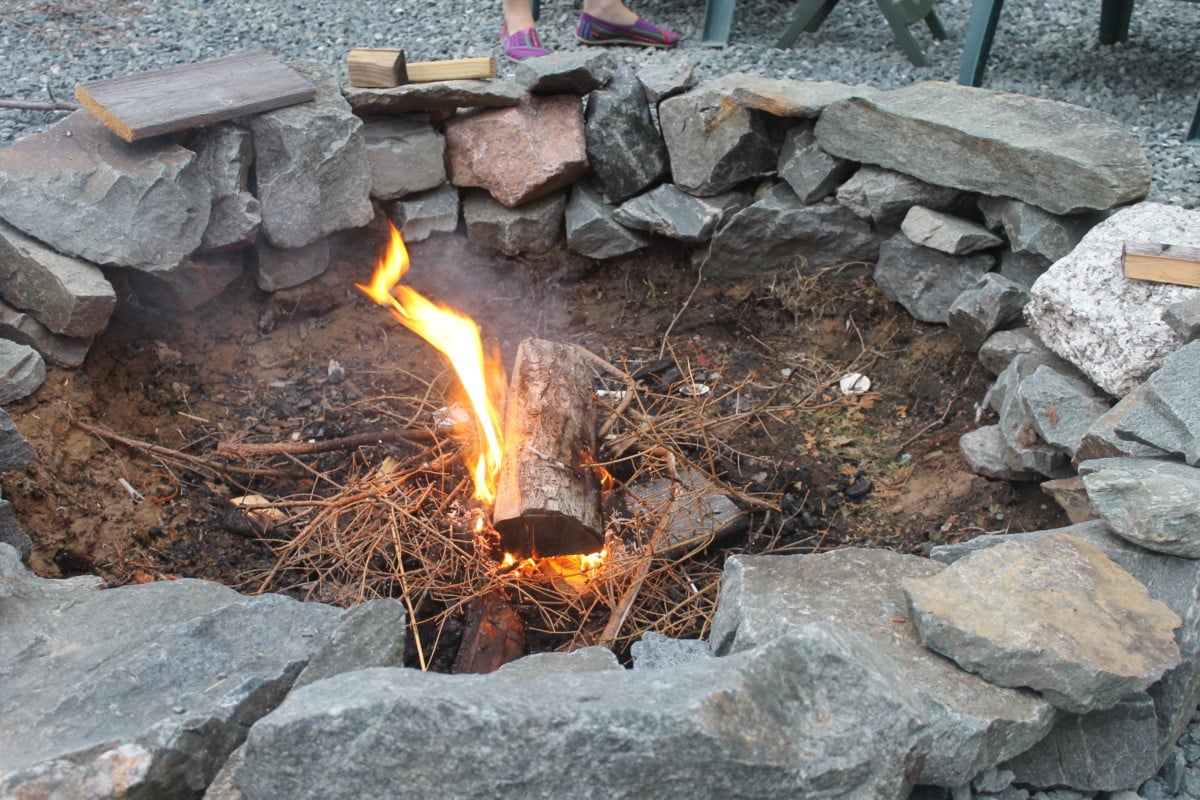
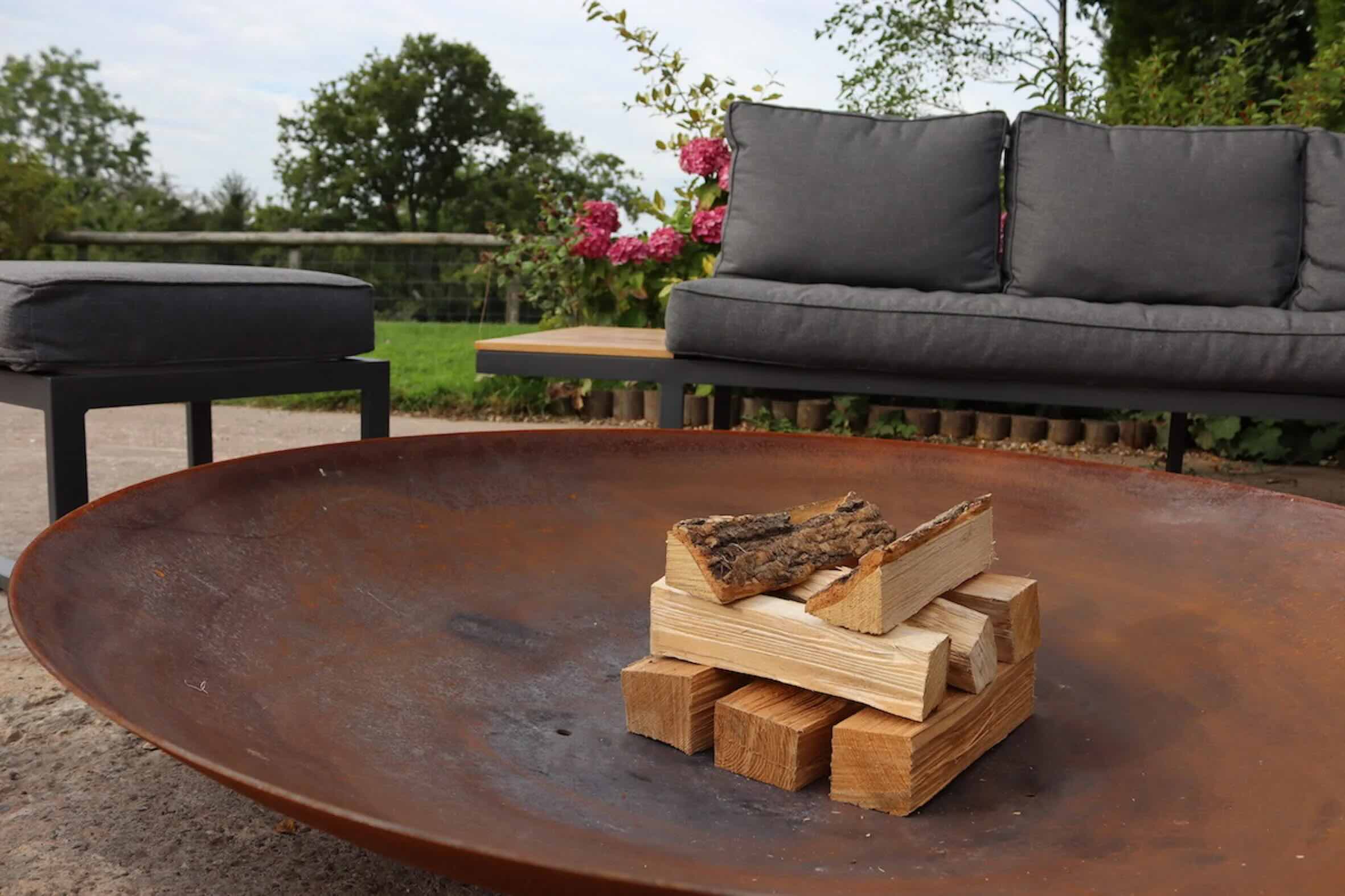

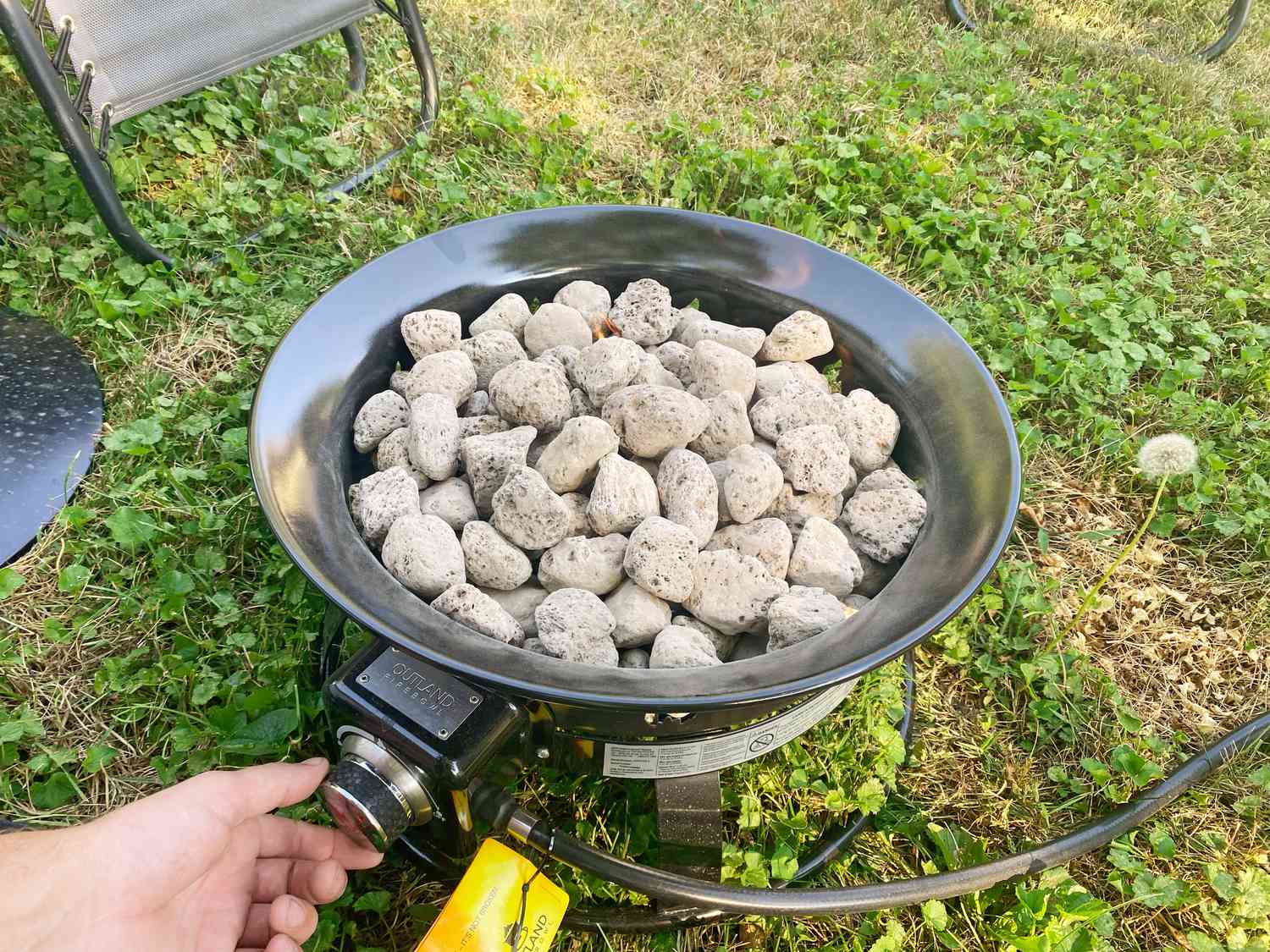
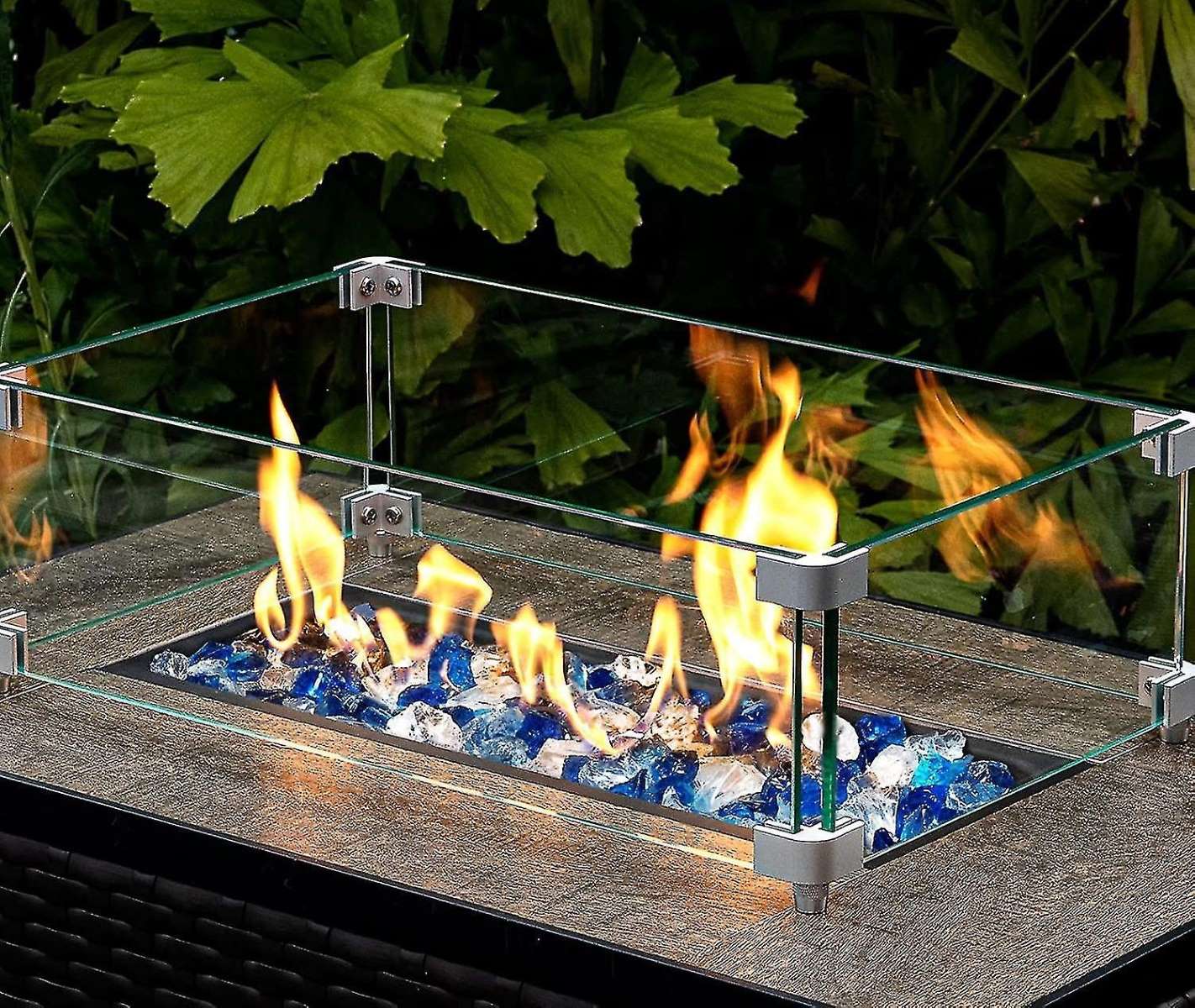
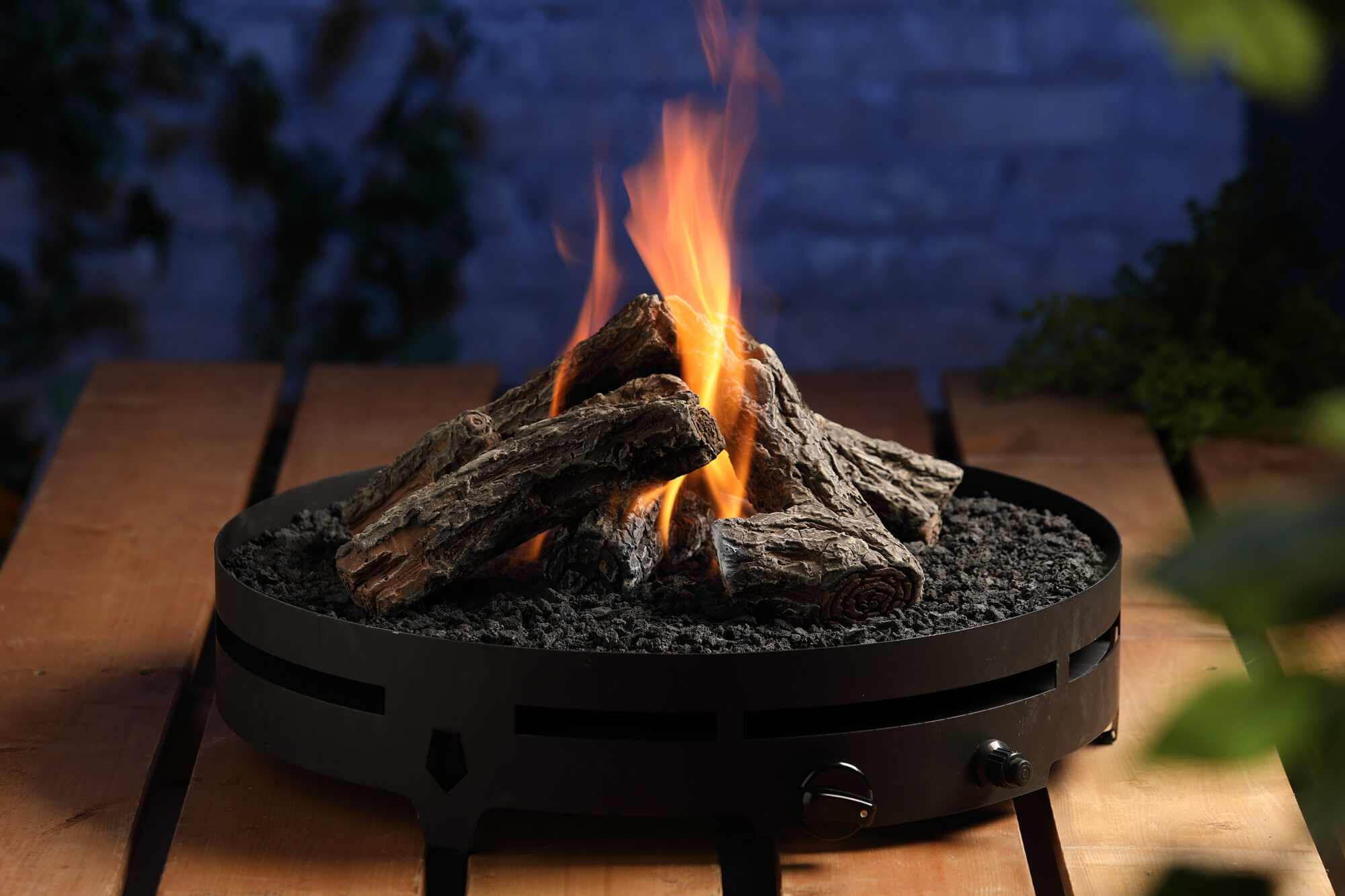
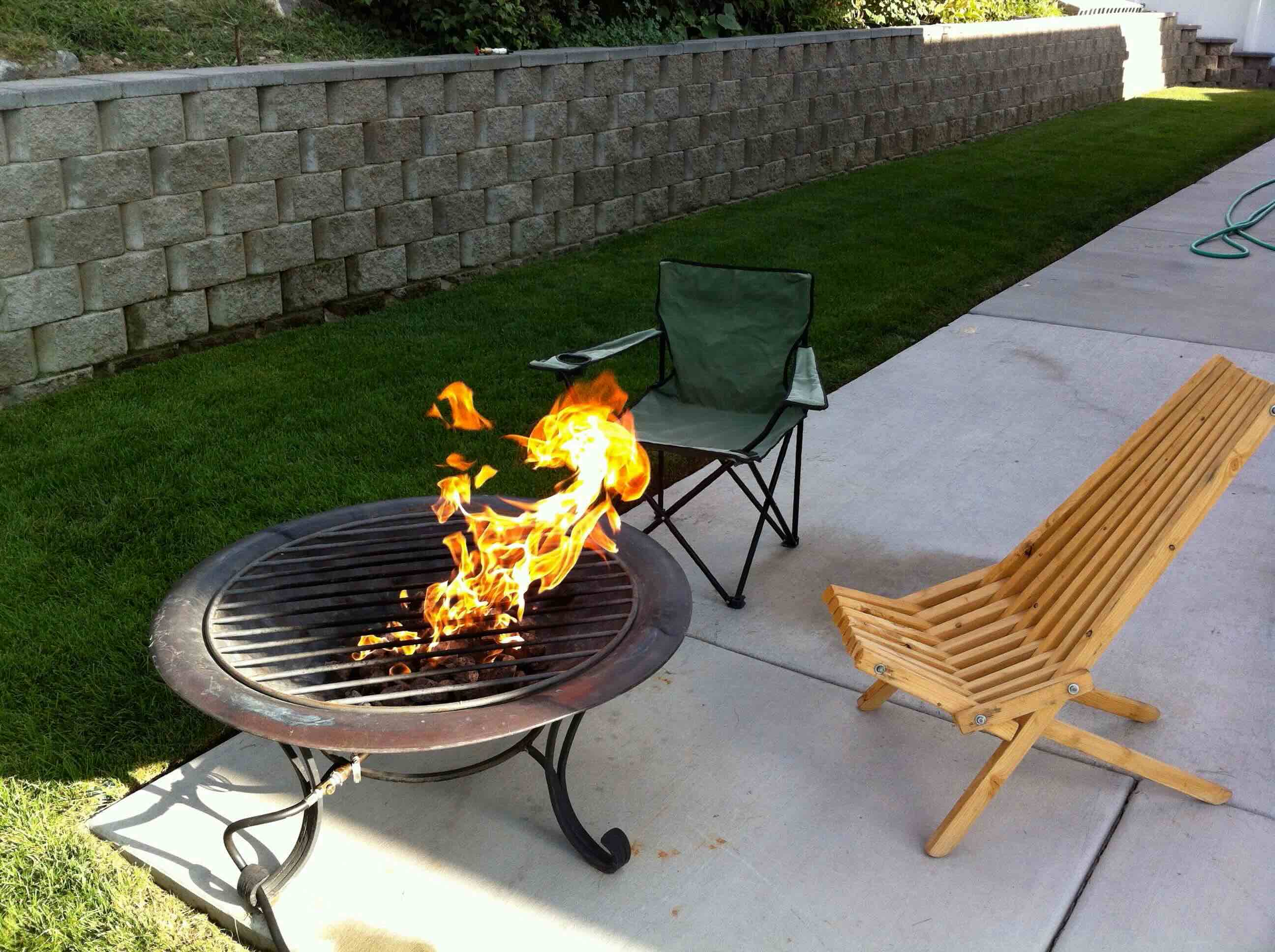
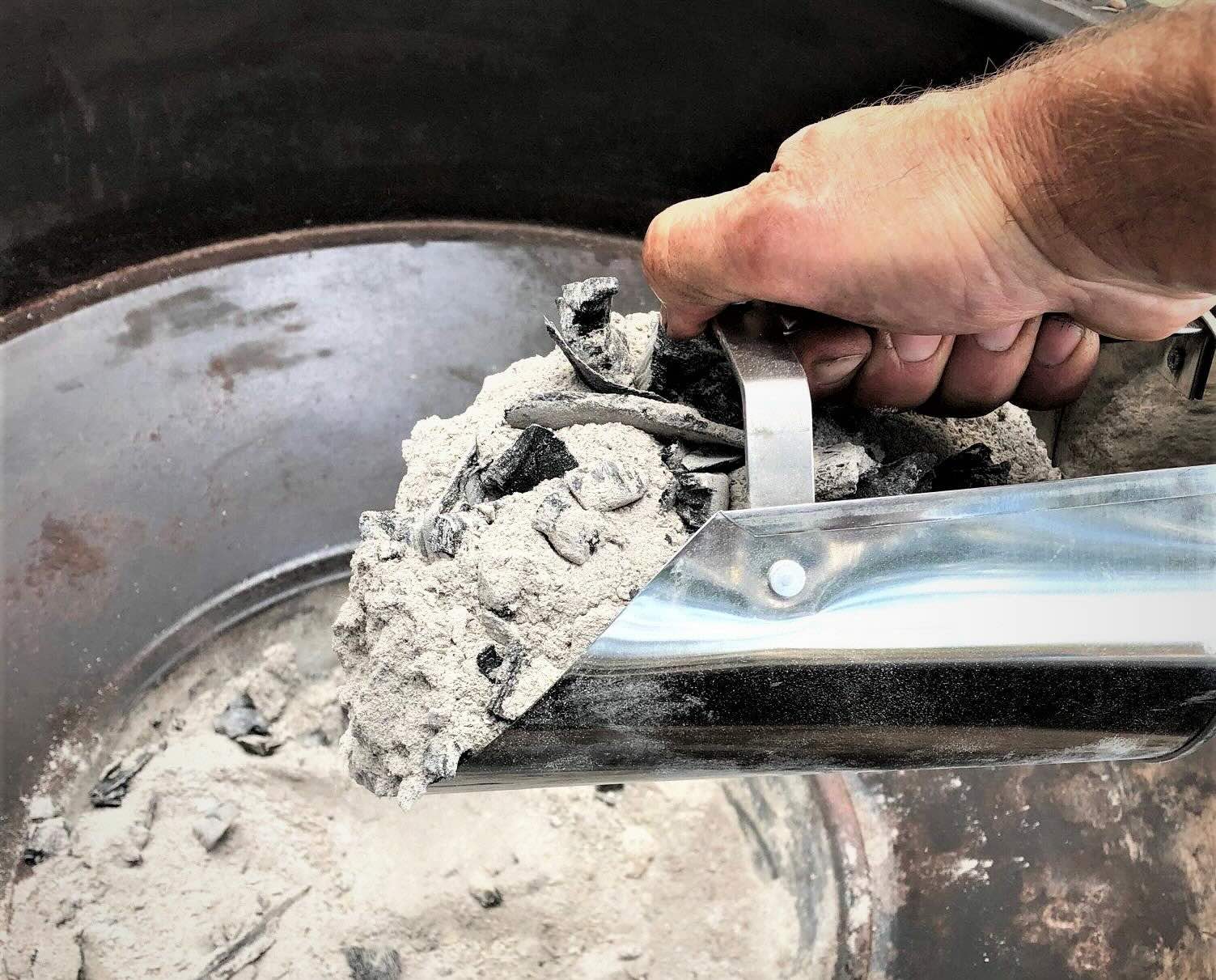
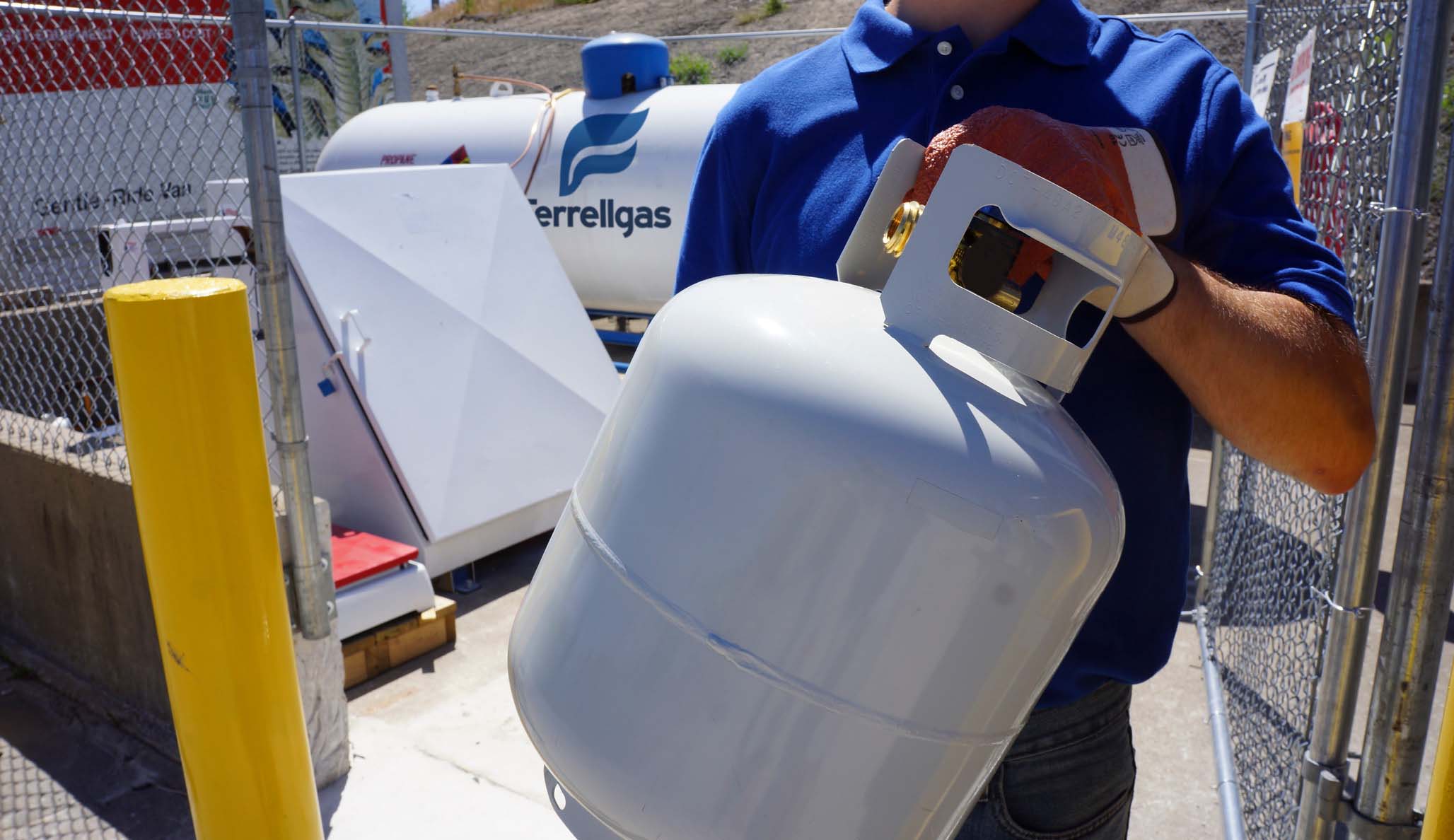
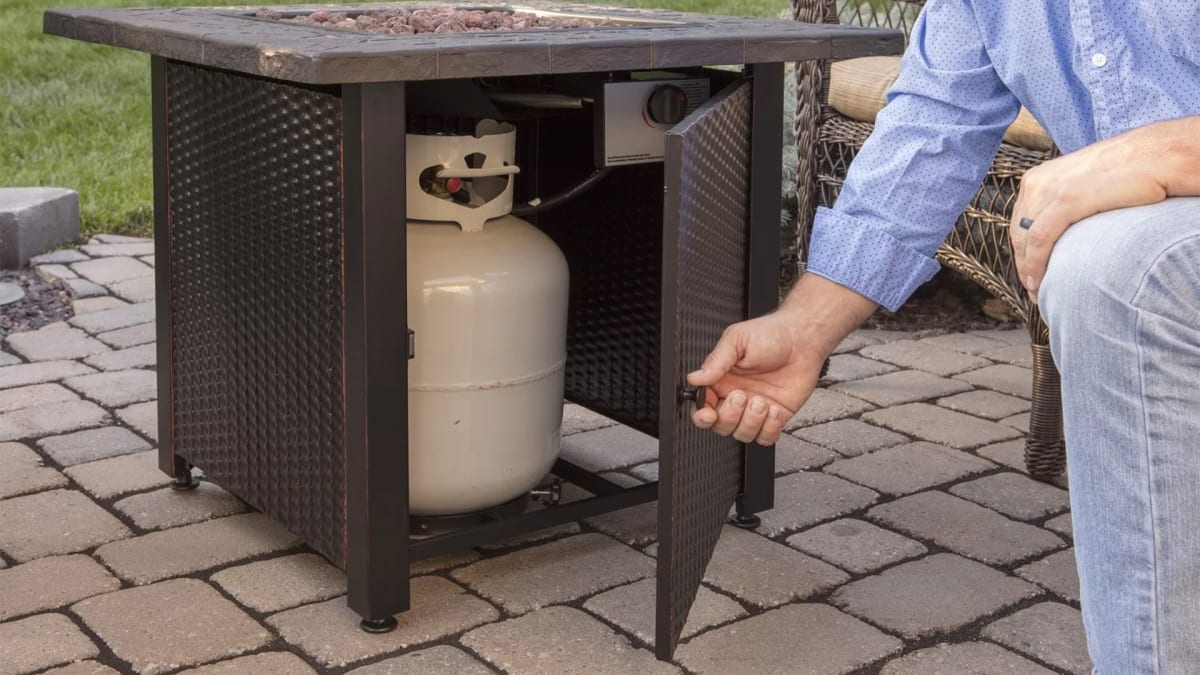
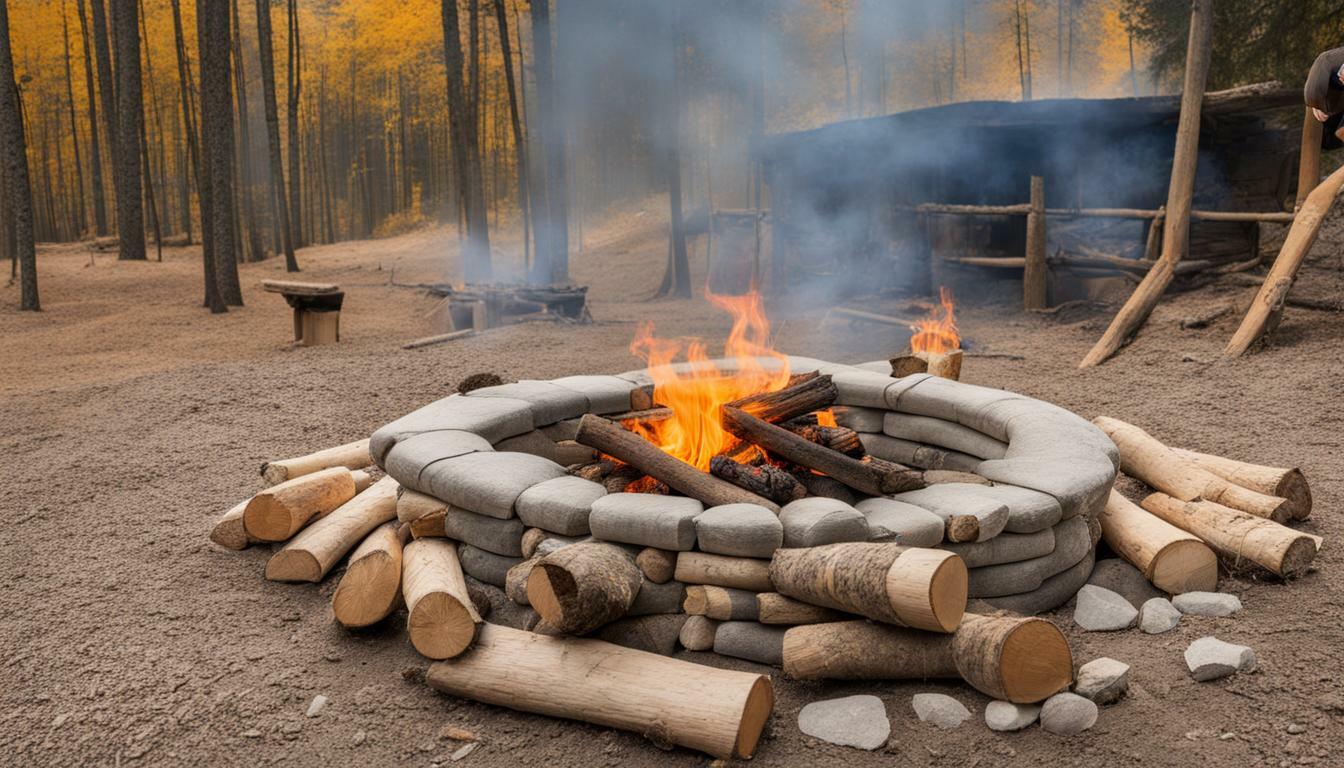
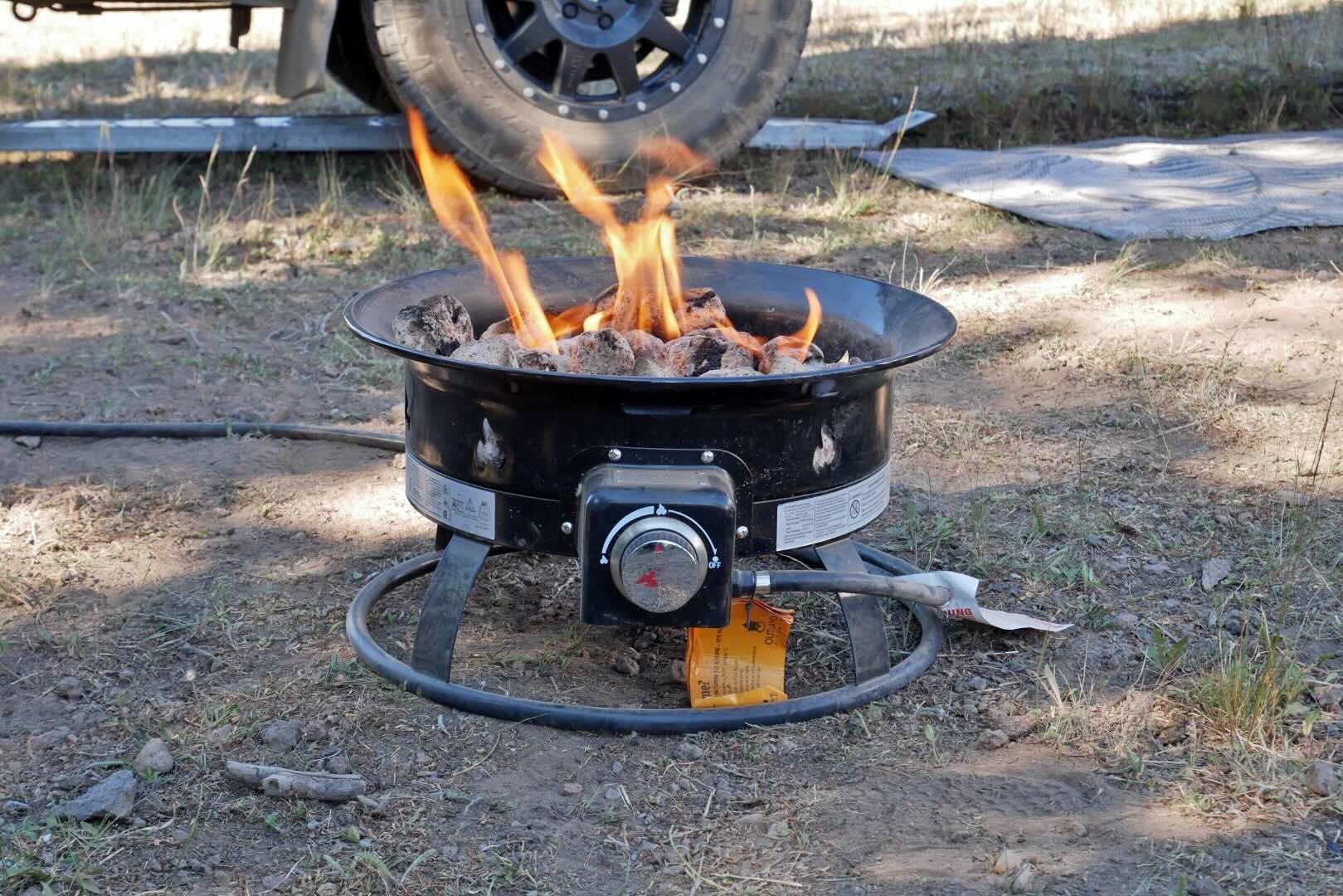
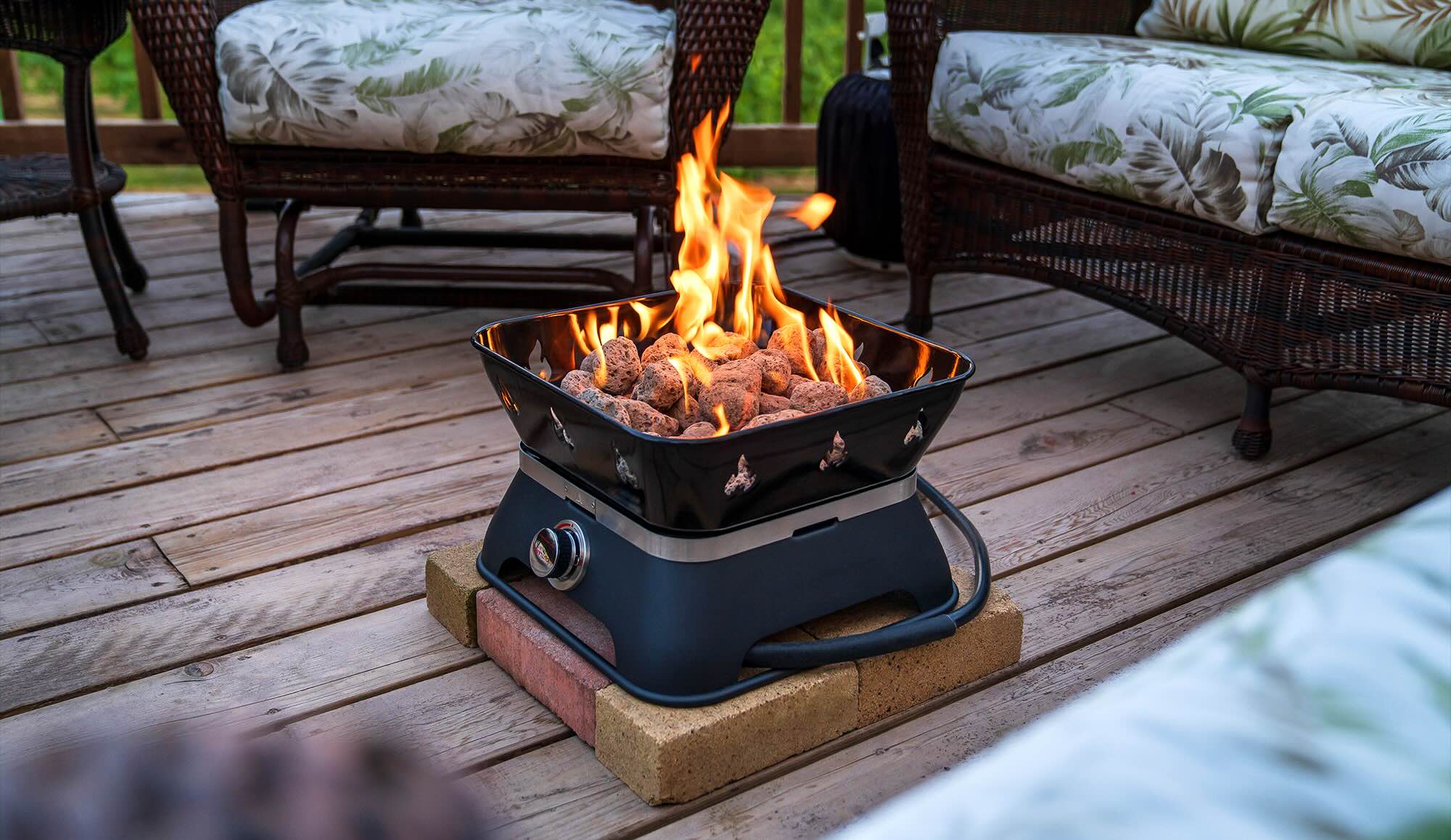

0 thoughts on “How Do You Vent A Propane Fire Pit”